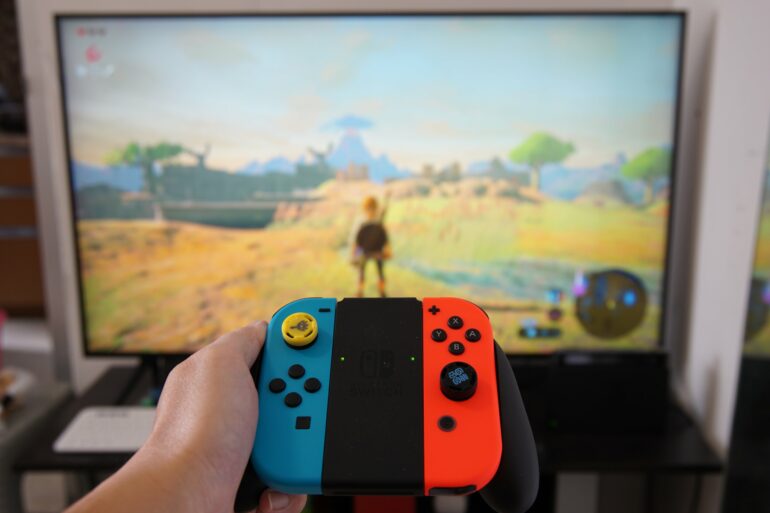Researchers have found a stark gender imbalance after carrying out the largest-ever study of video game dialogue, published today.
The research, published in the journal Royal Society Open Science, analyzed more than 13,000 video game characters and found that men speak twice as much as women.
The study, led by Dr. Stephanie Rennick at the University of Glasgow and Dr. Seán G. Roberts at Cardiff University, performed the first large-scale test of gender imbalance in the dialogue of 50 role-playing video games (RPGs).
It discovered that games include twice as much male dialogue as female dialogue on average. Of the games studied, 94% had more male dialogue than female dialogue, including games with multiple female protagonists like Final Fantasy X-2 or King’s Quest VII.
However, the bias isn’t just with protagonists—the same imbalances were found in minor characters and persists even when taking into account player choices about protagonist gender and optional dialogue. The study also found the proportion of female dialogue is slowly increasing. If this trend were to continue, it would still take more than a decade to reach parity. Furthermore, there were few characters in non-binary gender categories: only 30 out of 13,000, or about half as much as in real life.
Dr. Rennick, Research Associate in Philosophy, School of Humanities at the University of Glasgow, said, “While we expected to find a larger proportion of male dialogue overall, we were surprised to discover how few games—just three of 50—had more than 50% female dialogue. Players seem to share our surprise: when surveyed, they anticipated the general pattern of more male dialogue, but overestimated the number of games where women spoke the majority of the time.”
The study also found imbalances in who characters speak to. Male characters tend to talk to other male characters, but women talk to other women less than expected by chance, even factoring in the number of lines and female characters. This is similar to the pattern seen in many films that fail to pass the Bechdel test.
The study suggests that the imbalance in dialogue is partly caused by the imbalance in the number of characters. Researchers suggest that the simplest way for game-makers to address the imbalance is to add more major and minor female characters. However, the researchers warn that more dialogue doesn’t guarantee better gender representation. There can also be bias in the content of dialogue, not just who speaks it. For example, female characters are more likely to apologize, hesitate or be polite, perpetuating stereotypes about gendered behavior.
“Around half of gamers are female, but they experience a lot of abuse and exclusion” said Dr. Roberts, Lecturer at the School of English, Communication and Philosophy at Cardiff University. “More diverse representation is being called for by players and developers. So we hope that developers will consider addressing the imbalances we found in order to create more inclusive games.”
The study’s resources are open-source, and the team hopes to work with programmers and gamers to expand the study to discover ways of making games more inclusive.
More information:
Gender bias in video game dialogue, Royal Society Open Science (2023). DOI: 10.1098/rsos.221095. royalsocietypublishing.org/doi/10.1098/rsos.221095
Provided by
University of Glasgow
Citation:
Largest study of video games reveals male characters say twice as much as female characters (2023, May 23)



